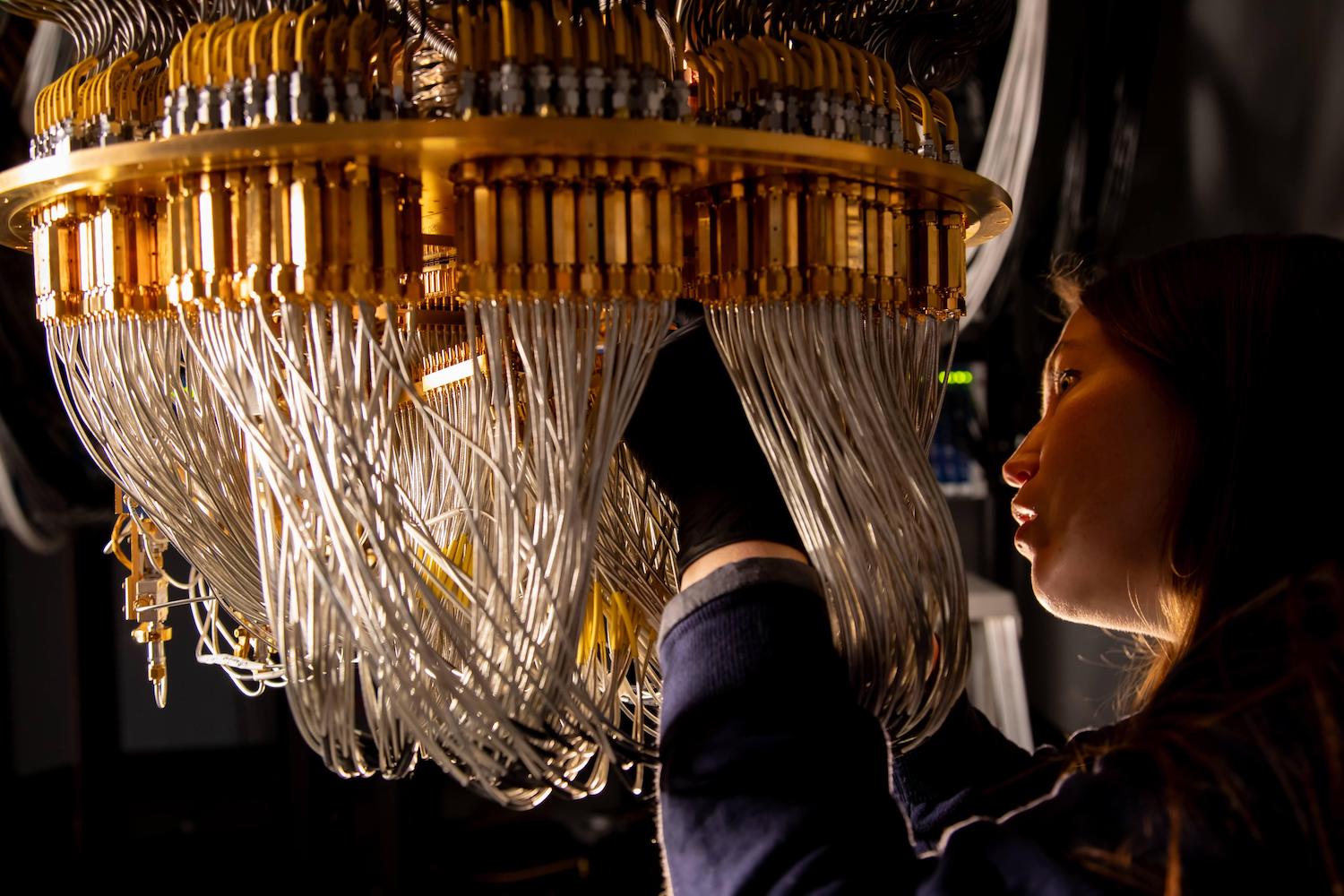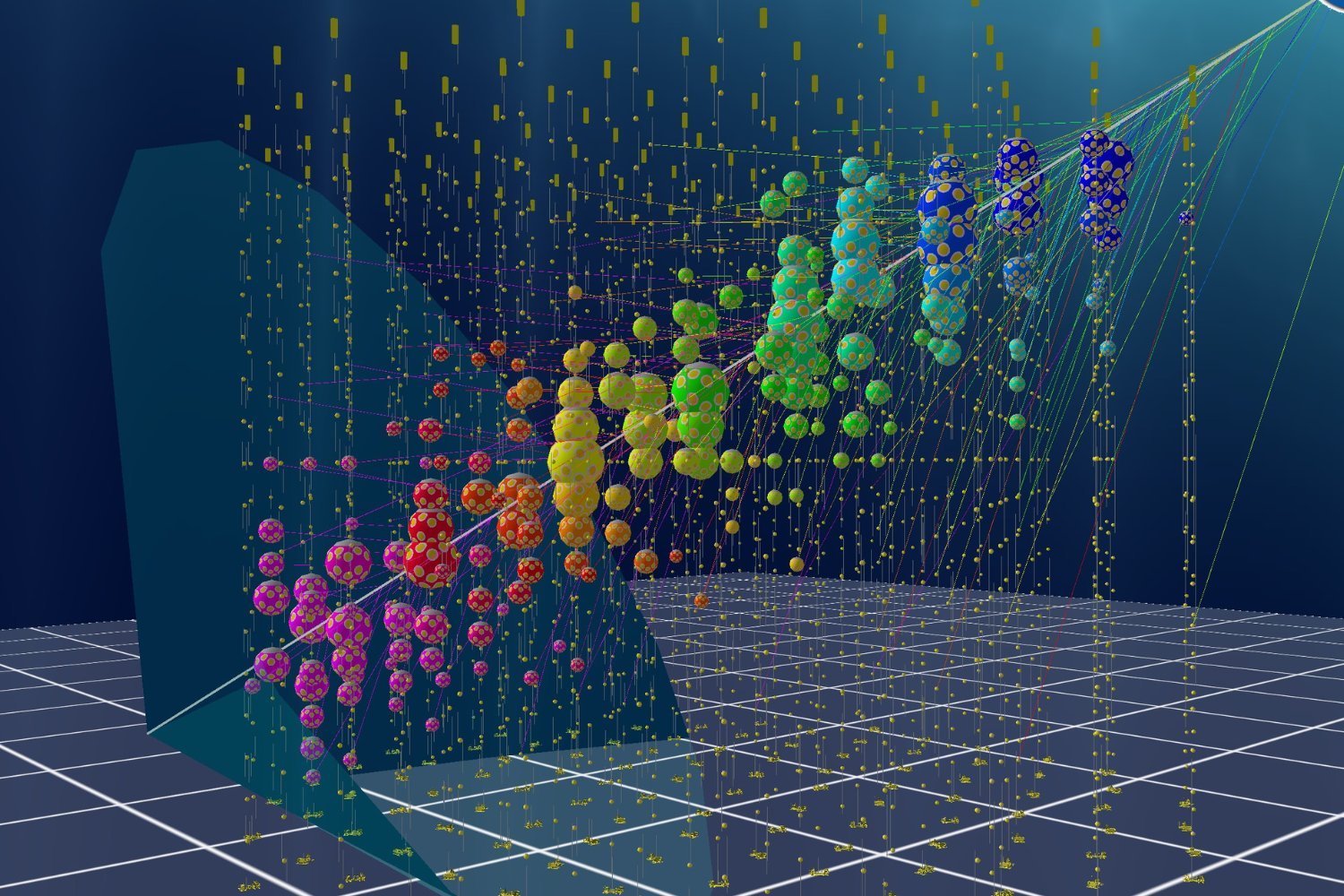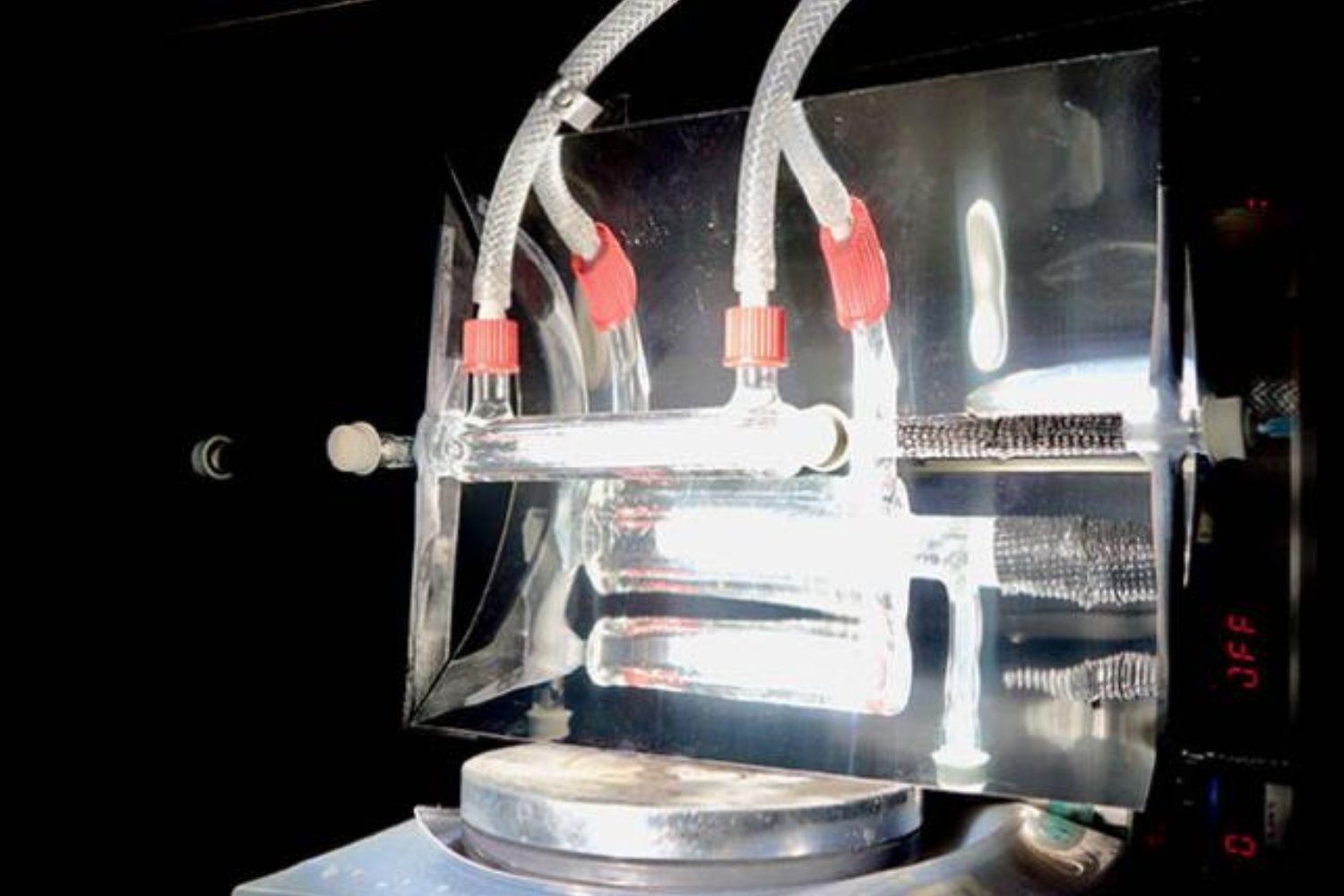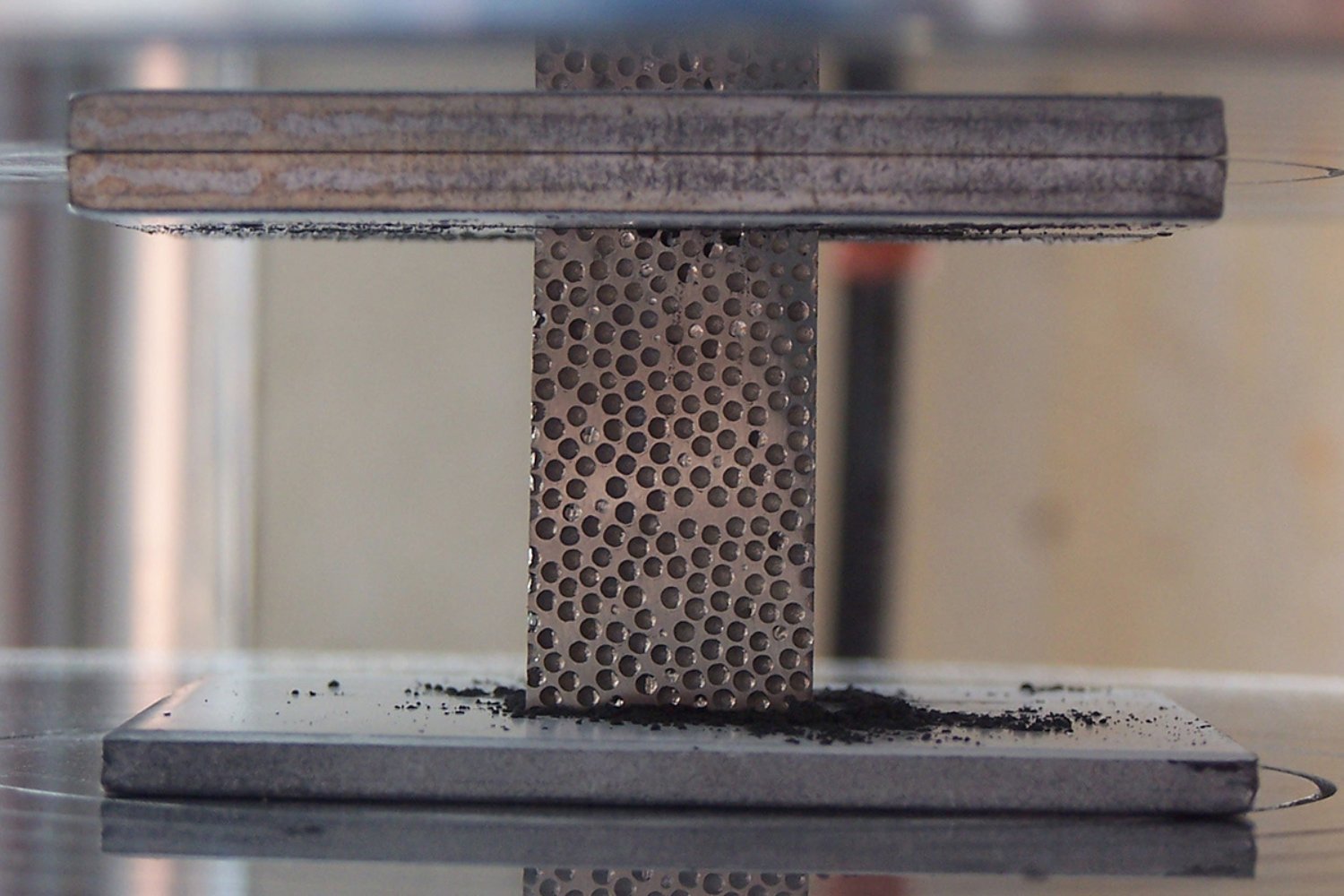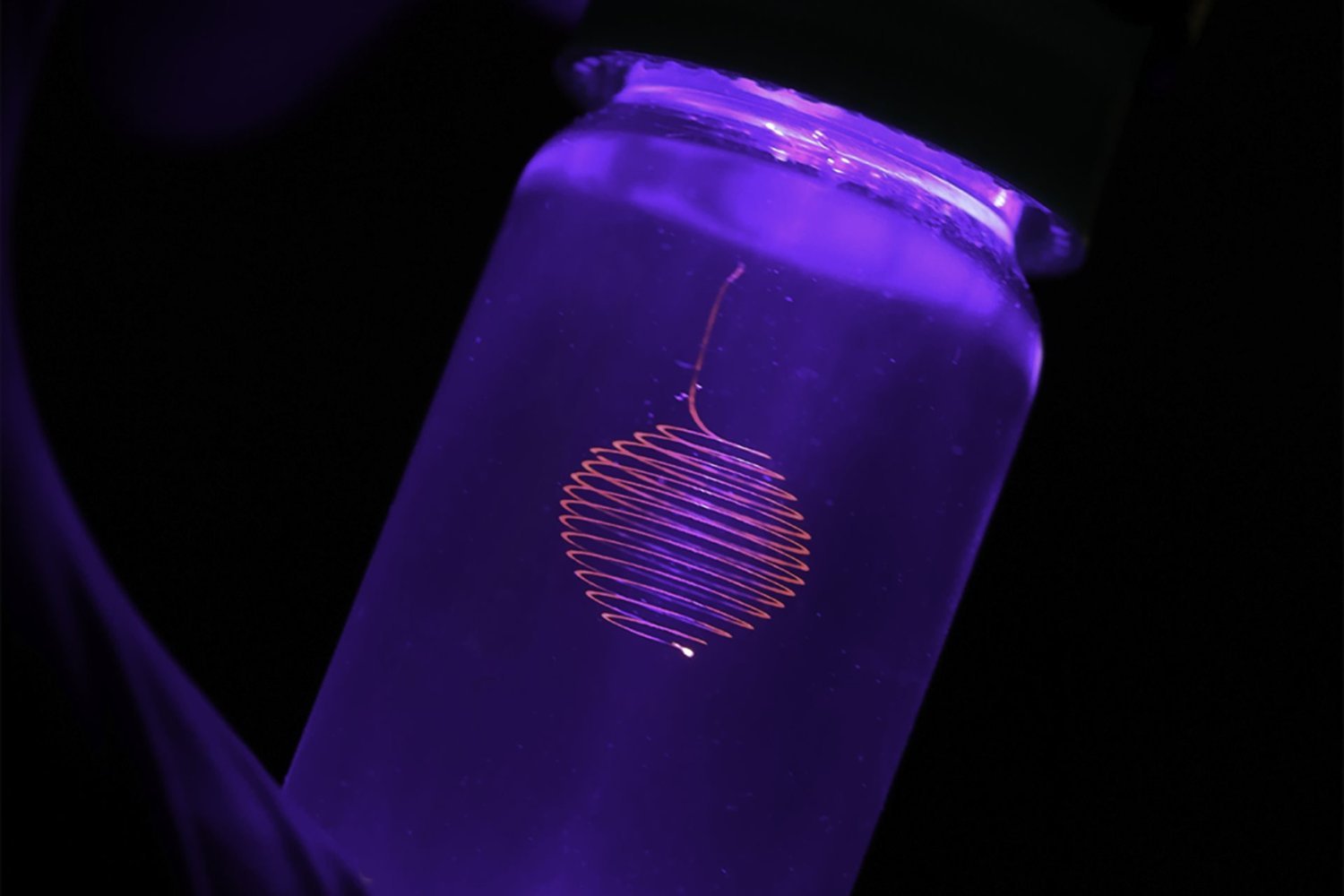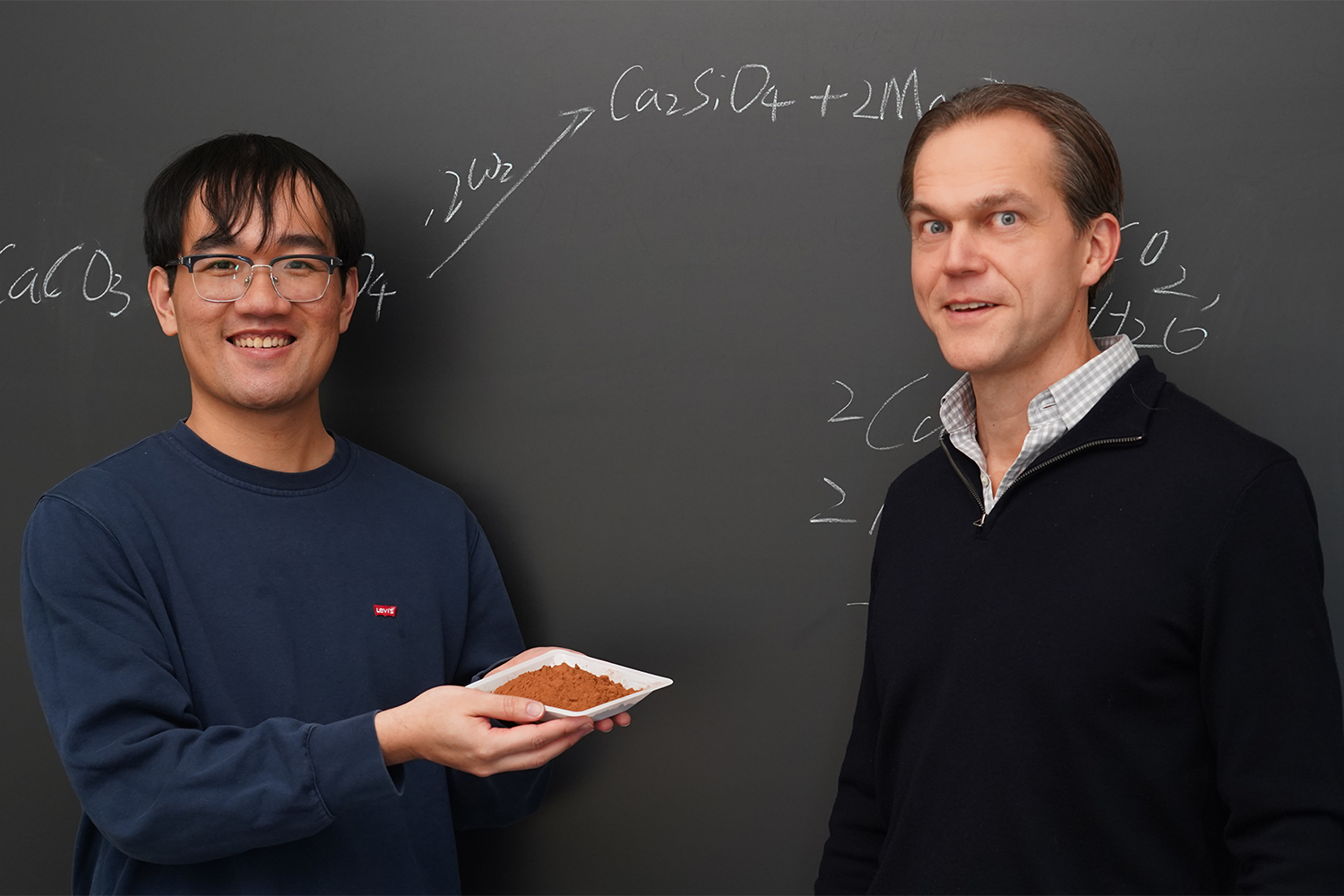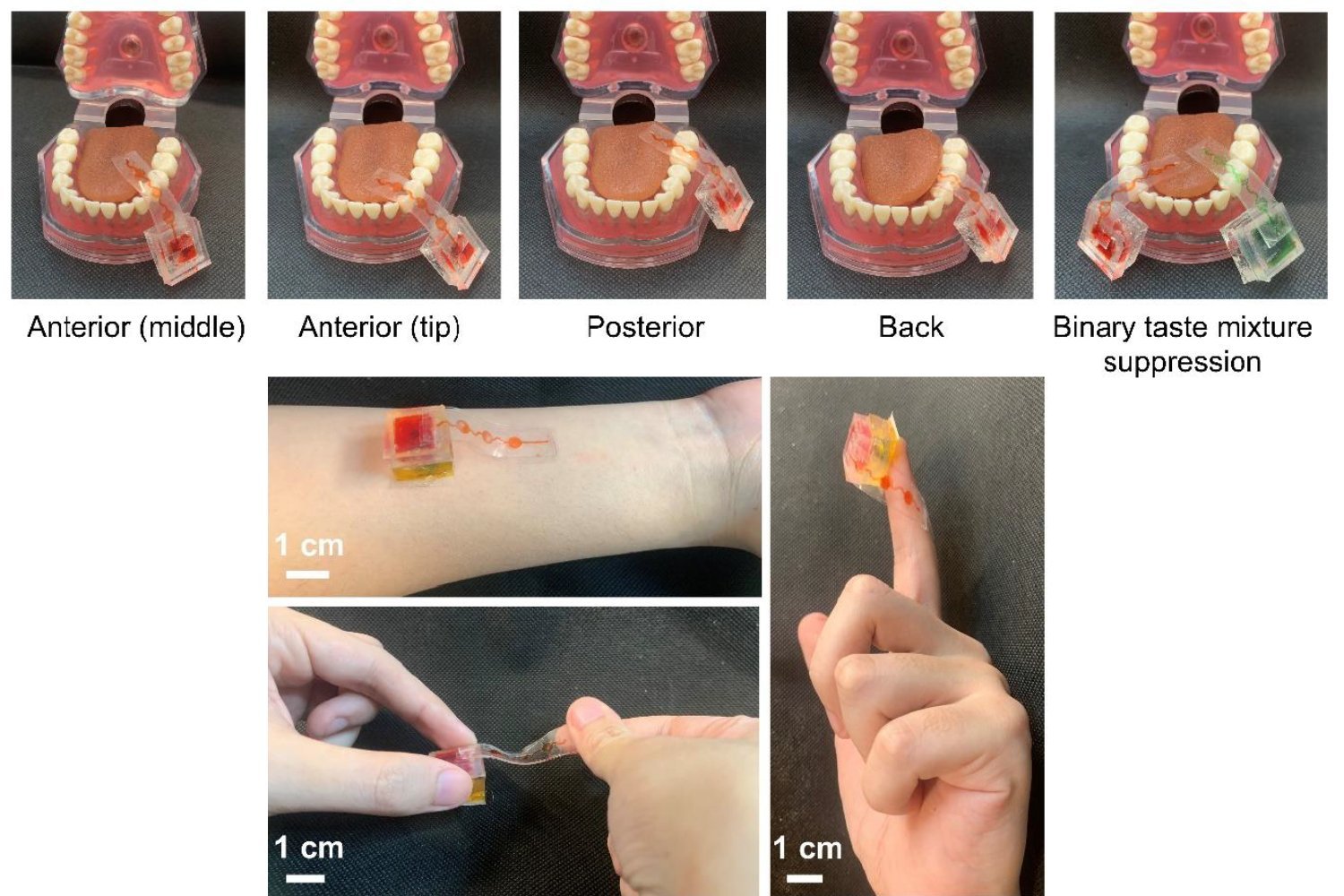Quantum computing researchers at Google have pioneered a hybrid approach to quantum simulation, combining analog and digital techniques to test the capabilities of future quantum supercomputers. This innovative method offers significant advantages over purely analog or digital approaches and hints at potential breakthroughs in physics research.
The Google team employed a quantum simulator composed of 69 superconducting qubits to validate their hybrid approach. Their findings, published in Nature, showcase the system’s enhanced performance and suggest it could unlock discoveries and applications beyond the reach of even the most powerful classical computers. “We’re excited because we believe this could be a significant step towards both discoveries and applications on current quantum computers,” stated Trond Andersen, lead author of the study and research scientist at Google Quantum AI, during a press conference. He emphasized the potential for achieving breakthroughs impossible for even the fastest classical computers.
Quantum computers utilize qubits, analogous to bits in classical computers, but these qubits require highly controlled, often supercooled, environments to maintain their delicate quantum state. Excessive noise can disrupt quantum operations. Current research aims to pave the way for fault-tolerant quantum computers capable of sustaining quantum operations significantly longer.
Digital simulations create quantum dynamics by coupling qubits pairwise, offering flexibility in system construction. Conversely, analog simulations continuously measure dynamics between all qubits, providing a more realistic representation of rapid quantum interactions. “Entanglement, the core resource of quantum computing, grows much faster when all couplings are active concurrently,” explained Andersen, highlighting the desire to leverage both approaches.
The Google team’s hybrid approach combines the strengths of both methods. They initialize the quantum state using digital gates for flexibility, then transition to analog simulation for rapid evolution towards target quantum states before noise interference. Finally, they revert to digital mode for detailed analysis of the achieved state.
Surprisingly, the hybrid approach revealed a discrepancy between the quantum simulation and the Kibble-Zurek mechanism, a theory describing symmetry breaking in the early universe. “Our simulation results deviated significantly from this prediction, which was initially concerning,” Andersen admitted. “However, further experiments confirmed this wasn’t an error but rather a discovery of new physics.”
A key objective in quantum research is to develop quantum computers capable of solving problems intractable for classical computers. Testing such capabilities requires probing quantum systems and exploring their states while minimizing noise accumulation.
The experiment utilized Google’s Sycamore processor, which was later surpassed by the Willow processor. The team plans to replicate the simulations on Willow, anticipating intriguing results. While the team successfully replicated their simulations classically, they also demonstrated the quantum system’s superior performance in Random Circuit Sampling (RCS), a key benchmark test, indicating its potential to exceed classical capabilities.
The hybrid approach on Willow promises to reveal the viability of this technique for increasingly complex tasks. Quantum technology is advancing rapidly, and while the ultimate destination remains uncertain, progress is undeniable.
Google is nearing its third milestone in its six-step quantum roadmap towards a fully error-corrected quantum computer. This ultimate goal may still be decades away, but the team’s chief scientist anticipates commercial applications within five years. While caution is warranted, the progress in quantum computing research is encouraging.



